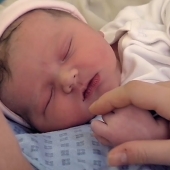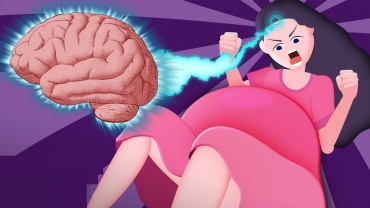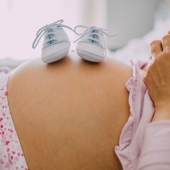Miscarriage, is the natural death of an embryo or fetus before it is able to survive independently. Some use the cutoff of 20 weeks of gestation after which fetal death is known as a stillbirth. The most common symptoms of a miscarriage is vaginal bleeding. This may occur with or without pain.Tissue or clot like material may also come out the vagina.
Risk factors for miscarriage include an older mother or father, previous miscarriage, exposure to tobacco smoke, obesity, diabetes, and drug or alcohol use, among others.
Prevention is occasionally possible with good prenatal care. This may involve avoiding drugs and alcohol, infectious diseases, and radiation. No specific treatment is usually needed during the first 7 to 14 days. Most women will complete the miscarriage without interventions. Occasionally the medication misoprostol or a procedure known as dilation and curettage (D&C) is required to remove the failed pregnancy. Women who are rhesus negative may require Rho(D) immune globulin.Pain medication and emotional support may be beneficial.
Miscarriage is the most common complication of early pregnancy. Among women who know they are pregnant, the miscarriage rate is roughly 10% to 20% while rates among all conceptions is around 30% to 50%. About 5% of women have two miscarriages in a row.
Types of Miscarriages
Threatened Miscarriage: This involves uterine bleeding early in the pregnancy. It’s usually coupled with cramps or lower back pain.
Incomplete Miscarriage: This involves bleeding accompanied by abdominal or back pain. The cervix is open, and the bleeding and cramps will continue if the miscarriage is not complete.
Complete Miscarriage: This is when the embryo dies and passes through the uterus. Bleeding, pain, and cramps usually go away pretty quickly afterwards.
Recurrent Miscarriage (RM): Three or more consecutive first trimester miscarriages.
Missed Miscarriage: This happens without the woman knowing about it. Embryo demise occurs, but the embryo does not pass through the uterus.
- 55 views













